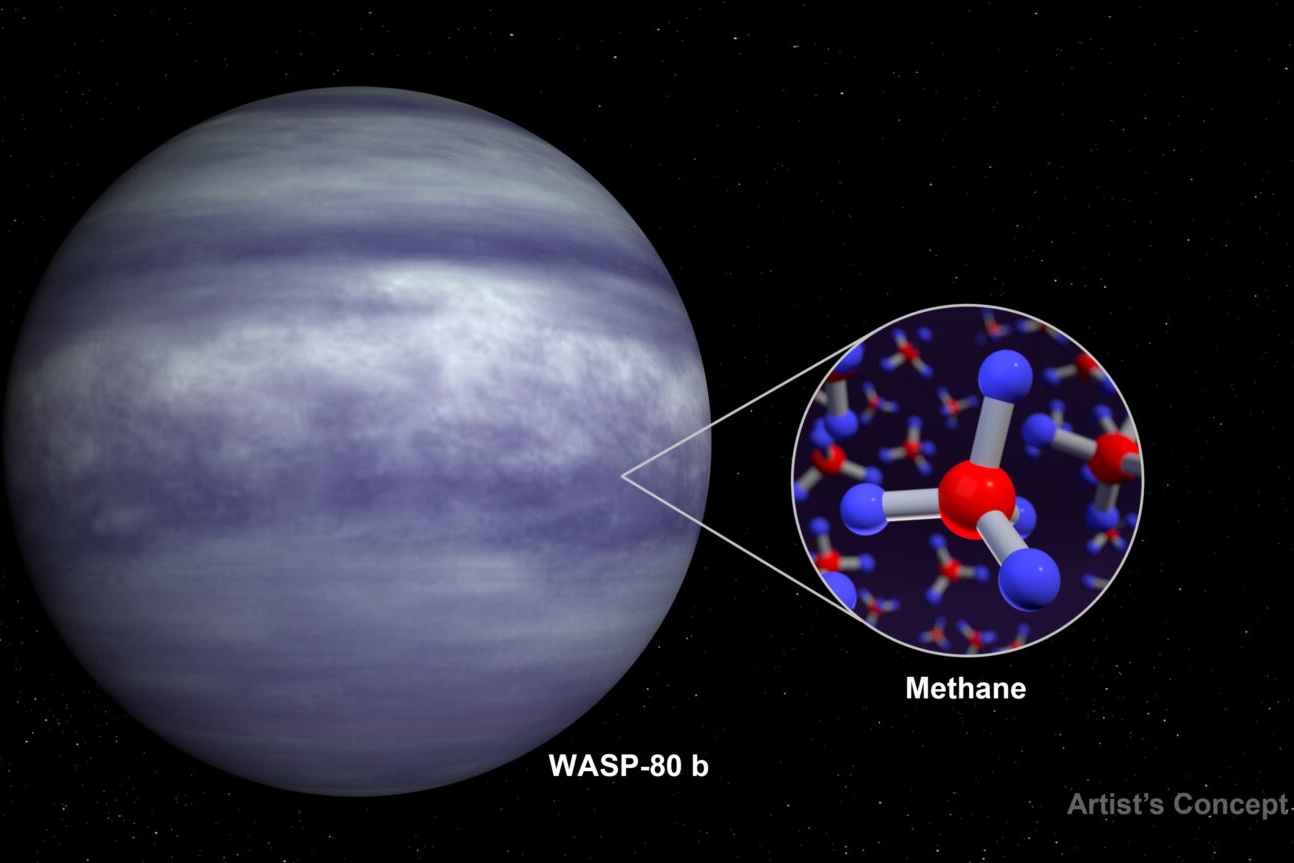BAERI’s Taylor Bell and a team of researchers have identified the presence of methane in the atmosphere…
Numerical Model Simulates Entire Evolution of a Solar Flare for First Time
For the first time, a numerical model has simulated the entire evolution of a solar flare. In these events, a huge amount of energy is released in several ways: thermal and magnetic energy, and kinetic energy in the form of energized particles. The simulated evolution of the flare and eruption starts with the rise of magnetic field through thousands of kilometers below the solar surface and finishes with an explosive release of energy in a brilliant flash in the outer solar atmosphere. The work describing this sequence of events has been published in Nature Astronomy. NCAR has recently released this news (https://news.ucar.edu/
Dr. Mark Cheung at Lockheed Martin Solar and Astrophysics Laboratory (LMSAL) and a visiting scholar at Stanford University and Dr. Matthias Rempel at National Center for Atmospheric Research (NCAR) led the research supported by the NASA’s Heliophysics Grand Challenges Research opportunity. This investigation has been possible thanks to a large collaboration involving several institutions and universities, including two co-authors from Bay Area environmental Research Institute (BAERI): Dr. J. Martinez-Sykora (left) and Dr. A. Sainz Dalda (right).


This work is relevant for understanding the appearance of sunspots and how they sometimes can produce flares which could lead to a coronal mass ejections. The mass expelled can reach up to 10^12 g which is comparable to Mount Everest which sometimes may eventually impact the Earth magnetosphere. Particles on these events can reach velocities up to a fraction of the speed of light. The physics responsible for this evolution and energy release is extreme and not possible to reproduce in the laboratory, requiring the combination of many different physical processes all playing in concert. Flare eruptions may have widespread impacts on the Earth, producing auroras, disrupting power grids and communications networks, damaging satellites, and endangering astronauts. Consequently, this study is of great interest for space weather; but, not only that, flares are also of great interest for understanding fundamental physics such as reconnection of magnetic field and particle acceleration.
Video courtesy of Dr. Mark Cheung and Dr. Matthias Rempel.


